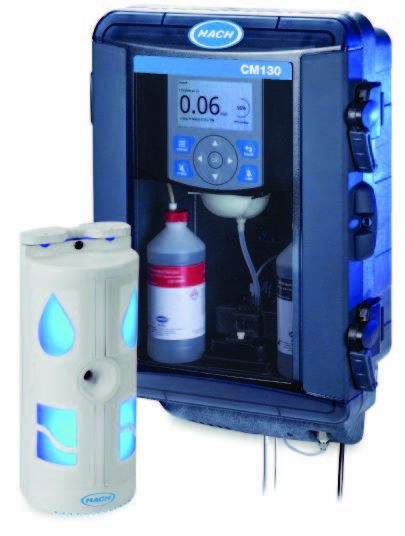Automated Chlorine Monitoring System for Dialysis
Published on by Water Network Research, Official research team of The Water Network in Technology
Hach® announces that its new CM130 Chlorine Monitoring System has received FDA clearance to automatically monitor low levels of total chlorine in feed water used to prepare dialysate in hemodialysis systems.

The Hach CM130 Chlorine Monitoring System provides frequent analysis and immediate notification of high-chlorine events in dialysis centers by automatically testing chlorine levels in the water room every five to 20 minutes.
Audio and visual status notifications then are sent to a remote indicator on the patient floor. The CM130’s automated chlorine measurements are available for electronic export, facilitating compliant record-keeping for administrators and giving patient care staff the opportunity to focus their time on the patient floor.
 The CM130 expands Hach’s portfolio of chlorine monitoring products, and is the first of its kind cleared by the FDA for automated monitoring of chlorine in dialysis clinics.
The CM130 expands Hach’s portfolio of chlorine monitoring products, and is the first of its kind cleared by the FDA for automated monitoring of chlorine in dialysis clinics.
Hach developed the CM130 in collaboration with one of the leading dialysis providers in the United States.
“For decades, Hach has pioneered and advanced chlorine analysis for municipal and industrial water treatment worldwide,” said Kevin Klau, president of Hach.
“During the development of the Hach CM130, our scientists and engineers fully immersed themselves in the dialysis ecosystem to understand the needs of patients, administrators, staff and technicians.
As a result, the Hach CM130 system delivers trusted results in a user-centric design.
This latest development fits with Hach’s mission of ensuring water quality for people around the world and continues a long tradition of innovation. It is also the latest example of how Hach partners with customers to deliver connected instruments with software that goes beyond delivering a simple measurement value, providing customers with actionable insights and decision support.”
Sources: Hach
Media
Taxonomy
- Public Health
- Treatment
- Chlorination
- Quality
- Technology
- Test & Measurement
- Water Monitoring